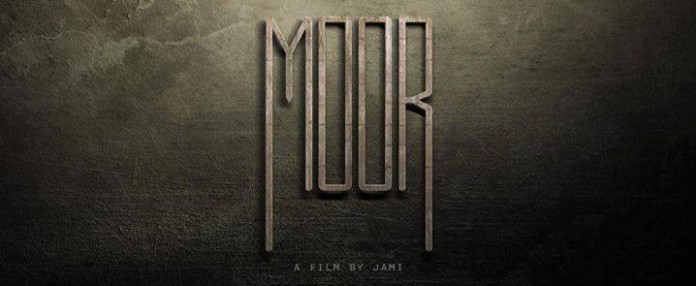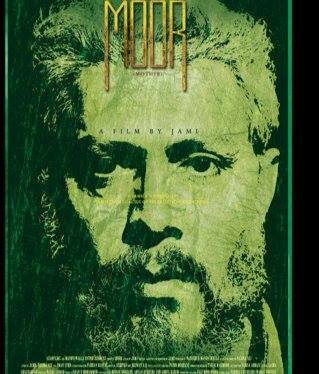The journey of a director going from advertisements and music videos to the longer and more demanding medium of film, is not an easy one. A feature film takes much more time. It requires guts. You need months of planning and above all, a considerable amount of money to get a project completed.
This is probably why Jami Mahmood is uncertain today. Despite having the rough cut of his film, titled Moor (Pashto for mother), Jami is torn between producing quality content as well as making a film that will rake in money at the box office.
“The real dilemma faced by Pakistani cinema today is the battle between authenticity and commercialism,” says Jami, as he skims through the rough cut of his upcoming film, which has garnered attention after the release of its trailer. The visuals and score are haunting.
http://vimeo.com/72420648
Produced by Nadeem Mandviwalla, the film is slated to release in April 2014. Moor is shot mainly in the Pashtun-dominated belt of the province of Balochistan, with most scenes filmed in Muslim Baagh, Khanozai and Shelabagh. The remaining sequences are shot in Karachi.
“I want to get more authentic with the issue that I am tackling,” he says. “But would it be too early or too much for the audience? It’s a question that boggles me,” he adds.

The storyline is based on the closure of the Zhob Valley railways in 1984. The film shows how a family is affected by growing corruption in the system.
“If you start walking on the railway track in Bostan, you will see that as the tracks eventually start to disappear, so does the population in the surrounding areas,” says Jami, who co-wrote the story with Nazira Ali. “It was their bread and butter. No one can gauge the magnitude of damage it has caused to their livelihoods,” he stated.
Although Jami has his heart in the right place, the closure of the railways is hardly Balochistan’s biggest problem.

From being detained by the ISI to later being confronted by TTP members, Jami’s filming for Moor has not been hiccup-free. PHOTO: PUBLICITY
“People of Balochistan might think that I have gone nuts by talking about a railway system, which has been non-functional for years at a time, when the entire province is at stake [due to an insurgency],” says Jami. “They will be right in saying that I should have portrayed the ‘real issues’ of Balochistan. But frankly, had I chosen to do so, the film would never have been cleared by the censor board,” he said.
Getting approval from the federal and provincial governments wasn’t easy for the director. Jami finally succeeded and travelled to the snowcapped highlands of Muslim Baagh with a crew of 150 people. But there were more hurdles awaiting him.
Jami was briefly detained by the Inter-Services Intelligence (ISI) when they first discovered that he was filming in the area and shooting was halted for three days. Later, he encountered members of the Tehreek-e-Taliban Pakistan (TTP).
“It was alarming to see that the Muslim Baagh railway station is under the control of the TTP with all of their stationary in use,” says Jami. “When we asked them to let us shoot, they were very accommodating and didn’t bother us at all. We shot there for 40 days with girls wearing tights and no one interfered,” he recalls.

Jami hopes to make the cycle of film production more systematic and accessible. For that to happen, he believes that young film-makers graduating from media and film schools have a key role to play. “So far, the fresh graduates haven’t disappointed me. The best thing about them is that at least all of their basics are covered and they are passionate about films. That is why they grow very fast with hands-on training, as compared to those who have not been formally educated,” he says.





